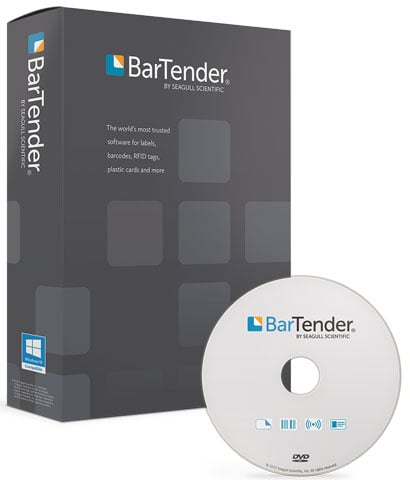Long Range, Accurate RTLS with Zebra’s WhereNET Solutions
 Tracking and managing valuable assets is major concern for many industries especially in manufacturing and warehouse environments. Whether you’re tracking a work-in-process or general inventory and assets, the greater accuracy and closer to real-time visibility you can achieve is directly connected to business success.
Tracking and managing valuable assets is major concern for many industries especially in manufacturing and warehouse environments. Whether you’re tracking a work-in-process or general inventory and assets, the greater accuracy and closer to real-time visibility you can achieve is directly connected to business success.
RFID-based systems provide an immediate and non-line of sight means to capture your inventory or asset collection. However, the most common passive RFID tags and readers have a limited range and still require a user to scan the tags or pass them through a fixed reader portal. This is where Zebra’s WhereNET active RFID solutions can provide the range that can be used over your entire facility, yielding maximum coverage. With maximum coverage you will have real-time visibility into your entire business and operations, providing you with actionable data in order to make smarter decisions.
Direct Part Marking (DPM) Explained
 While most barcodes you come across are printed on a label or paper-packaging of a product, in the manufacturing world and work-in-process applications many parts or components need to be marked with a barcode directly. Direct Part Marking is a process that allows  users to mark a barcode directly on an item instead of printing the barcode on a label.
While most barcodes you come across are printed on a label or paper-packaging of a product, in the manufacturing world and work-in-process applications many parts or components need to be marked with a barcode directly. Direct Part Marking is a process that allows  users to mark a barcode directly on an item instead of printing the barcode on a label.
There are 3 main technologies available for DPM:  laser or chemical etching, dot peening  and ink jet printing. Each of these has specific  advantages  and disadvantages  in terms  of durability, cost and ease of reading.  The main advantages  of codes with  DPM technology are that  the code is permanently marked  on a surface and will  survive  for a long  time  (ideally  forever), regardless  of the  stress the part is passing  through during its’ life cycle. The main  reasons to choose codes with  DPM technology are:
- Items that need to pass through harsh testing processes  (chemicals  agents, thermal cycles, oil, moisture, etc.)
- Items that need to  be tracked  during  their  entire life cycle
- Very small items (difficult to label)
DPM technology was first  adopted  mainly  by the automotive and general mechanical industries. Currently, the popularity of codes using  DPM technology has spread into  different sectors  including electronics, chemicals  and healthcare  industries.
Using Serialization for Unique Identifiers in Seagull Scientific BarTender
 From WIP (work in progress) to the food and pharmaceutical industries, tracking items with unique serialized barcode labels is necessary to accurately and easily locate products in cases of a recall, customer alerts, expiration management, and counterfeit prevention. Proper serialization allows any business to know exactly where a problem starts and ends since each item has a unique, non-repeated barcode to identify it.
From WIP (work in progress) to the food and pharmaceutical industries, tracking items with unique serialized barcode labels is necessary to accurately and easily locate products in cases of a recall, customer alerts, expiration management, and counterfeit prevention. Proper serialization allows any business to know exactly where a problem starts and ends since each item has a unique, non-repeated barcode to identify it.
One of the many advantages of Seagull Scientific’s BarTender label software is fully integrated serialization capabilities. BarTender has multiple types of serialization options and once you have a data source configured, the value will automatically increment or decrement with every printed label.
For step-by-step guidance in how to setup serialization in BarTender download this convenient white paper
Microscan Imagers Ensure 2D Code Readability and Increase Efficiency During Manufacturing of Miniature Identifiers
The Challenge
A leading supplier of electrical and fiber optic interconnects, switches and application tooling, manufactures miniature identifier chips that provide unique product traceability of work-in-progress (WIP) printed circuit boards (PCBs) in medium to high-volume electronics assembly processes.
The pad measures only 2.80mm by 1.80mm, and is just 0.30mm thick, requiring minimal space on a PCB. Each pad is laser etched with data using a Data Matrix 2D code that provides explicit identification for 1 billion unique combinations. This is particularly important for customers that have multiple surface-mount technology (SMT) lines or multiple contract manufacturers. Every single board remains unique, providing traceability to the production equipment and/or supplier used for a particular board. It also results in very significant cost savings as all of the infrastructure required is already in place on the customers’ SMT lines.




